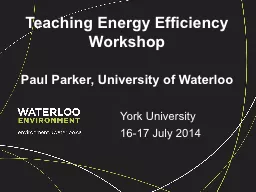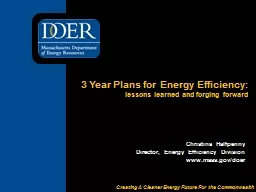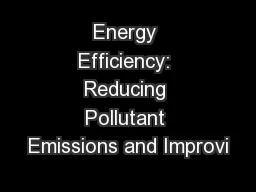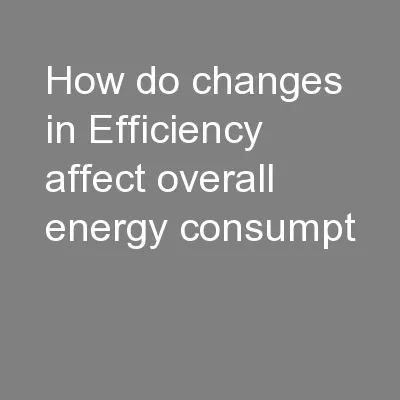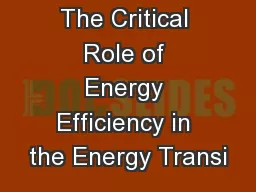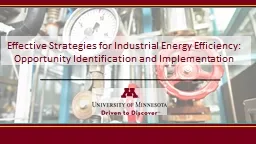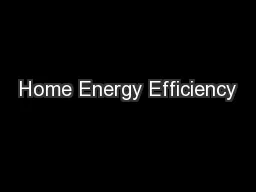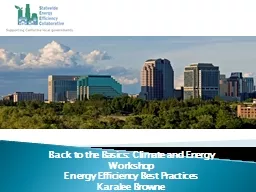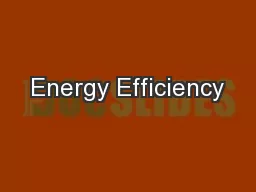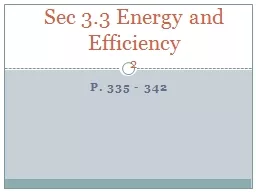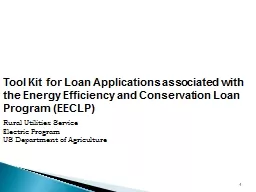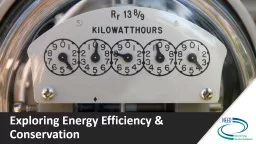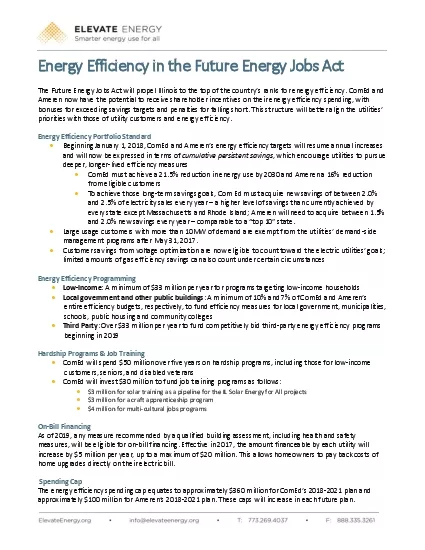PPT-Teaching Energy Efficiency Workshop
Author : tatyana-admore | Published Date : 2016-05-29
Paul Parker University of Waterloo York University 1617 July 2014 Energy and Sustainability Geog 459 Paul Parker Geography and Environmental Management UW Text
Presentation Embed Code
Download Presentation
Download Presentation The PPT/PDF document "Teaching Energy Efficiency Workshop" is the property of its rightful owner. Permission is granted to download and print the materials on this website for personal, non-commercial use only, and to display it on your personal computer provided you do not modify the materials and that you retain all copyright notices contained in the materials. By downloading content from our website, you accept the terms of this agreement.
Teaching Energy Efficiency Workshop: Transcript
Download Rules Of Document
"Teaching Energy Efficiency Workshop"The content belongs to its owner. You may download and print it for personal use, without modification, and keep all copyright notices. By downloading, you agree to these terms.
Related Documents

